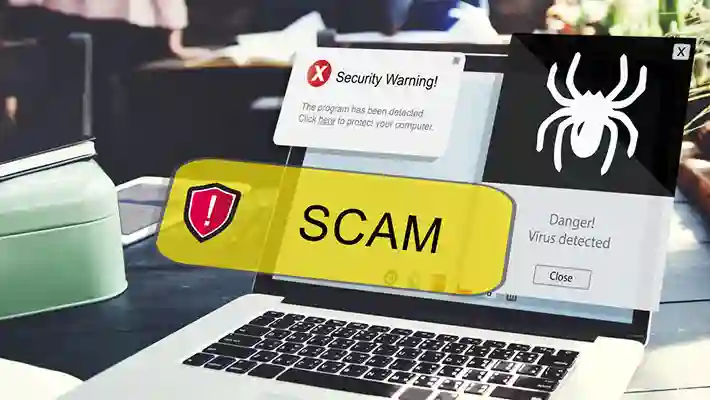Cybercriminals are on the prowl for vulnerable holiday shoppers looking to provide personal or financial information. Luckily, there are ways to avoid falling victim to these scams.
Legitimate companies take great care in maintaining their online presence and reputation. Look for the following signs that a website is legitimate:
1. Look for a Logo
When it comes to building trust and brand recognition, a logo is essential. The good news is that there are many different types of logos, so you can find the right one for your business from islegitorscam.com.
The type of website or text message that results in your computer slowing down, overheating or performing a number of other tasks is almost always a sign that the site you’re on is illegitimate. This can be caused by malware or phishing attempts.
Additionally, most legitimate companies take care to have a professional looking website. If you notice misspellings or grammar errors, this is a sign that the website was created quickly and may not be legitimate. Most websites will also have a link to their privacy policy that provides information on how your data is collected, used and protected.
2. Look for a Contact Page
A contact page is the perfect place for businesses to show visitors that there are real people behind a website. They can also provide a way for users to ask questions or even give compliments and thanks!
If a website has a contact page, it’s important to ensure that it is easy for users to find. It should be located somewhere near the bottom footer or top navigation menu of the website.
Having a contact page on a site can help reduce spam and keep the site secure. If a contact form on a website is not working properly, it may be an indicator of malicious behavior. Also, be sure to examine the website for poor grammar and spelling. Legitimate websites will typically take the time to edit their content.
3. Look for a Privacy Policy
Privacy policies are a crucial way to give consumers a sense of the amount of privacy they have online. They should clearly state what information is gathered, including email addresses, home or business addresses, phone numbers, and credit card details. They should also disclose how this information is used and with whom it is shared. Lastly, they should let consumers know how to access, change, or delete their information and explain why this process is necessary.
Poor language on a website is another telltale sign that it may be illegitimate. Misspellings, grammatical errors, and other red flags indicate that the site was made by a cybercriminal rather than a professional web designer. To check the safety of a URL, you can enter it into Google’s Transparency Report tool.
4. Look for a Trust Seal
Many consumers are more comfortable interacting with businesses they know, which is why 79% of online shoppers expect to see trust seals on a website. These small badges appear on website pages, most commonly on store and payment pages. They are a visual indicator of security and are backed by verification from the company that issued the badge.
The most trusted seals include the Google Trusted Store, Norton, Visa-Mastercard and BBB seals. However, it is possible to fake these badges using editing programs. To be sure, click the seal and make sure it takes you to a page that verifies the badges authenticity.
Also look for a return policy that is easy to find. If it is difficult to find, the site may not be a legitimate business.
5. Look for a Reputation
Phishing and scams are rampant on today’s internet. Knowing how to spot a fake website can prevent your personal or business information from being stolen and your device infected with malware.
One way to see if a site is legitimate is by checking the company’s reputation. This can be done by doing a quick Google search of the company name and their website. A reputable company will have a high rating on Google, social media profiles and real reviews on online stores.
Another way to look for a website’s reputation is by looking at the website’s language. If there are a lot of misspellings and poor grammar, this could be a sign that the site is not legitimate. If a company has a good reputation, they will make sure their website is well written.





